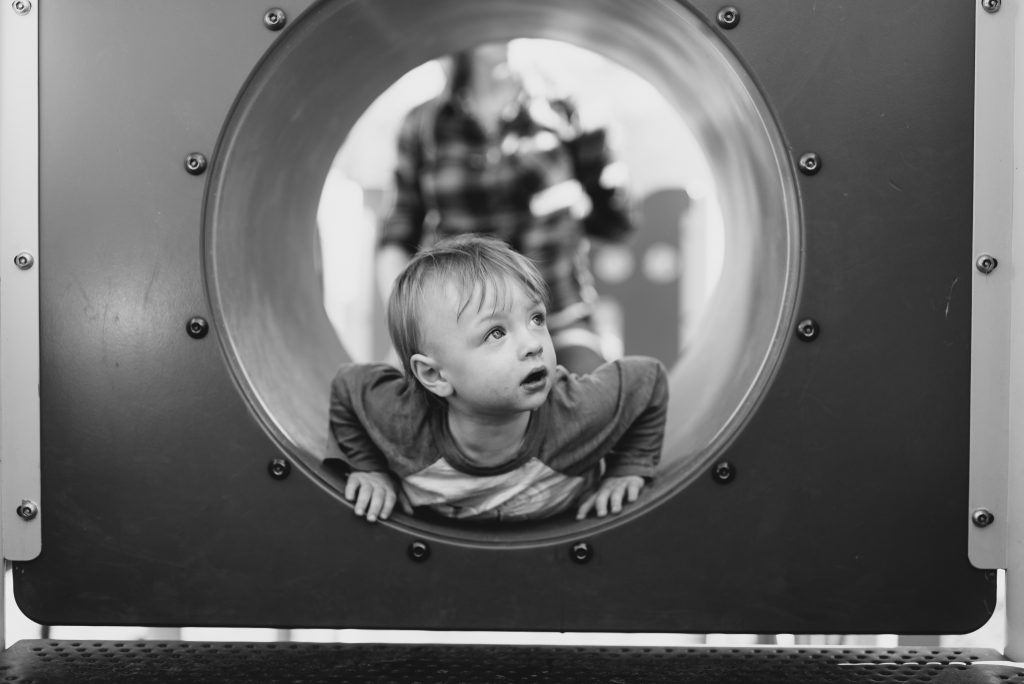
For years SPI has been helping design and manufacture components for playgrounds across the region. Our wide selection of indoor and outdoor playground toys and equipment have helped several playgrounds in the area come to life. Have you ever wondered how the concept of a playground came to be in the first place? What is the history of the playground as we know it today?
Playgrounds originated in Germany, with their concept first coming to fruition in 1859 in Manchester. The original concept behind the playground was to teach kids how to play. Today they have become outlets for the development of many important aspects of human development including strength, fitness and flexibility, among others.
Since then playgrounds have become much more common and consequentially regulated. Design regulations for playgrounds began surfacing in the 1980’s, with things such as sharp points or edges and equipment spacing becoming legally regulated. The goal was to improve the safety of playgrounds, but inadvertently it created several challenges for playground designers to make equipment that was still fun to use.
Playground design has varied widely over time throughout different social and economic situations. One such example comes from a period following world war two, where playgrounds in London began being constructed out of recycled materials in bomb shelters and wastelands. Playgrounds have gone through all sorts of different design choices and styles. The National Trust for Historic Preservation has put together an intuitive timeline that provides an overview of how playgrounds changed over the decades;
- 1950s – 1970s: Playgrounds were often constructed using metal. Equipment was modelled after novelties such as rocket ships, animals and other creative shapes. This is known as the “novelty era” for playgrounds.
- 1970s – 1980s: Safety concerns began being noticed and playground design began to change accordingly. Metal materials began being replaced with hard plastic, and sharp edges were softened to reduce the likelihood of cuts and scrapes.
- 1980s – Today: Plastic materials dominate, with playgrounds being designed using bright colours and various themes.
As plastic materials came to dominate, processes such as rotational molding became commonplace for playground equipment manufacturing. SPI is proud to offer rotational molding services and toys and equipment across a wide range of colours and sizes. SPI will be there and ready with the highest quality rotational molding and plastics, no matter what the future of playground design brings.
If you are looking to install a new playground, indoor or outdoor, don’t hesitate to contact our team today.